Buried alive in powder
In December 2015 a snowboarder riding at Kicking Horse fell into a tree well where he was trapped for five hours, buried alive in powder.
Trevor Hamre was riding on opening day and in the middle of a run he hit a hidden log and tumbled into a tree well, suddenly finding himself buried and pinned, with barely enough room to breathe.
“It was really scary,” said Hamre. “I slid right into an air pocket but the snow came down on top of me. I had much less space than a coffin.”
Hamre said despite the feeling of being suffocated, he did his best not to panic, using every third breath to scream out for help.
“I was stuck, man. I could move my hands across my chest and face but that was it,” he said.
“I wasn’t physically broken in any way, shape or form. I had all my faculties but couldn’t do anything.”
Luckily, just as the resort was closing, a skier heard Hamre’s pleas for help and alerted the ski patrol who dug him out.
Here is an excellent collection of knowledge on Tree Well and Snow Immersion Suffocation (SIS) to help you manage a similar situation:
1. What is a Tree Well and Snow Immersion Suffocation (SIS) Accident?
A tree well/ snow immersion suffocation accident can happen when a skier or snowboarder falls – usually headfirst – into a tree well or deep loose snow and becomes immobilized and trapped under the snow and suffocates.
In an inverted position you can become trapped under the snow. Breathing becomes difficult as the loose snow packs in around you. Without immediate help from your partner, you may suffocate.
Prevention of falling into a tree well or areas of deep snow is all-important because the odds of surviving deep snow immersion are low.
90% of people involved in Tree Well/ SIS hazard research experiments could NOT rescue themselves. If a partner is not there for immediate rescue, the skier or rider may die very quickly from suffocation – in many cases, he or she can die as quickly as someone can drown in water.
Tree Wells & SIS Safety: What is a Treewell or SIS Accident from SIS Safety Videos on Vimeo.
2. What is a Tree Well?
A tree well is a void or depression that forms around the base of a tree can and contain a mix of low hanging branches, loose snow and air. Evergreen trees in particular (fir, hemlock, etc) can have large, deep tree wells that form when low hanging branches block snow from filling in and consolidating around the base of the tree. These voids can be hidden from view by the tree’s low hanging branches.
There is no easy way to identify if a particular tree has a dangerous tree well by sight therefore, treat all tree wells as dangerous.
In simple terms, a tree well is a hole or void in the deep snow, which is clearly marked by a tree. You can easily identify and avoid these areas.
The picture from the site of a fatal Tree Well/ SIS accident demonstrates that even very small trees with just their tops visible can be lethal.
Treewell & SIS Safety: What is a Treewell from SIS Safety Videos on Vimeo.
3. Where do Accidents Happen?
Most all Tree Well/ SIS accidents happen in ungroomed terrain. A groomed run is a ski or snowboard run that has been driven on by a snow machine to compact and consolidate the snow.
Most Tree Well/ SIS accidents happen where there are combinations of deep powder and trees and where lots of powder skiers and snowboarders are seeking powder snow.
Lots of deep loose snow makes for the best powder skiing conditions. Unfortunately these conditions also significantly increase the chance of a Tree Well/ SIS accident.
70% of all Tree Well/ SIS accidents involve tree wells. Deep snow Tree Well/ SIS accidents occur in areas of deep snow, deep snow pockets or terrain that concentrates deep snow such as steep drops, and creek beds.
The risk of a Tree Well/ SIS accident is greatly reduced just by staying on groomed runs.
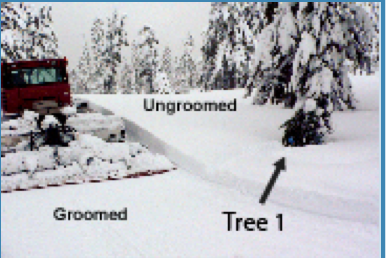

4. When do Accidents Happen?
Most Tree Well/ SIS accidents have happened during or just after big snow storms or storm cycles. In general terms, the more fresh snow the higher the risk.
As of 2011 research, an average of four Tree Well/ SIS accidents happen each season in the United States.
See “SIS by the numbers section for more details”
5. What if you go down?
– Do whatever you can to keep your head above the surface of the snow including rolling, grabbing tree branches or the tree trunk. If possible, keep your feet below level of your head.
– If you become immersed, make a space around your face and protect your airway – resist the urge to struggle, it could compromise your airspace and entrap you further.
– Stay calm to conserve air.
– Trust your partner is on their way.
– If possible, use your cell phone to call ski patrol or the resort’s emergency number.
6. Keep your partner in sight at all times!
What if your partner goes down?

More than half of all SIS victims were with partners that did not see them go down. Lose sight of your partner and you could lose your friend.
If you lose contact with your partner, assume they need help. Many SIS victims have died while their partners were waiting at the bottom of a lift.
TIP: In dense tree areas or in poor visibility, ski or ride short pitches and stop to regroup often – stay within sight of your partner!
1. Don’t leave to get help – Stay with your partner!
2. Call for additional resources. Use a whistle or yell for assistance. If possible, call ski partol or the resort’s emergency phone number.
3. Evaluate scene safety for yourself.
4. IMMEDIATELY begin snow immersion rescue efforts.
– Go directly for the airway, and keep it clear, be careful not to knock more snow into the hole. Clear any snow from the airway and continue necessary first aid or extrication efforts
5. Do not try to pull victim out the way they fell in. Instead, determine where the head is and tunnel in from the side.
– When tunneling directly for the airway be careful not to knock more snow into the hole.Continue expanding the tunnel to the airway until you can extricate the body. Efficient “strategic shoveling techniques”with multiple rescuers is very useful.
Tree Wells & SIS Safety: What To Do If You Go Down from SIS Safety Videos on Vimeo.
Treewell & SiS Safety: What if your partner goes down from SIS Safety Videos on Vimeo.
7. You can Prevent a SIS Accident
1. The easiest was to avoid a SIS accident is to remain on groomed areas and avoid deep snow and tree well areas.
2. Be aware of the recent snowfall and the depth of the loose snow – check local resources for recent snow conditions.
3. If you venture into UNGROOMED terrain:
a. Ride or ski with a partner and keep your partner in sight at all times.
b. Ski or ride in control.
c. Give tree wells a wide berth. Look at the open spaces between trees not at the trees.
d. Skiers should remove ski pole straps.
e. Carry safety equipment including:
Cell phone with resort emergency number
Transceiver / beacon
Avalung
Whistle
Shovel
Probe
Recco
4. Keep your partner in sight at all times. In many SIS accidents, skiers and snowboarders, have part of their body or equipment visible – but a partner wasnt there to see them.
5. Take heart. Increased awareness and education reduces SIS risks. There are more reported cases of skiers and boarders being rescued by their partners each season.
Source: Deep Snow Safety


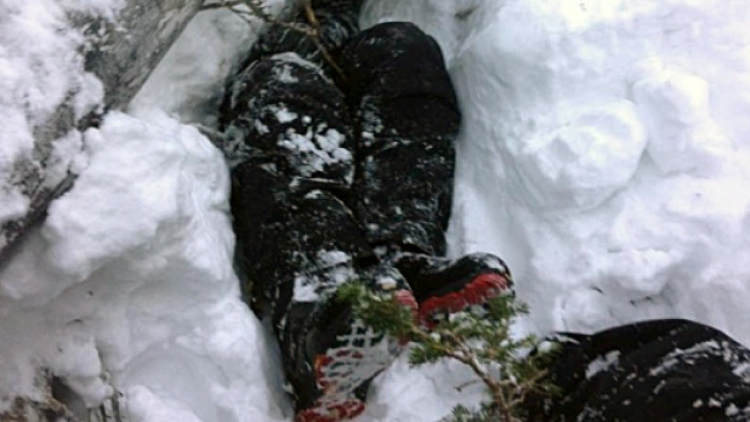
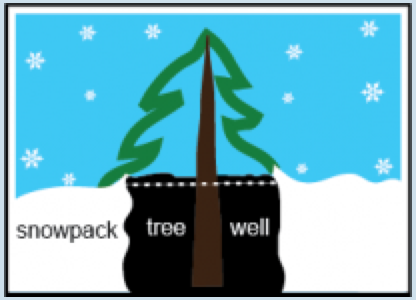
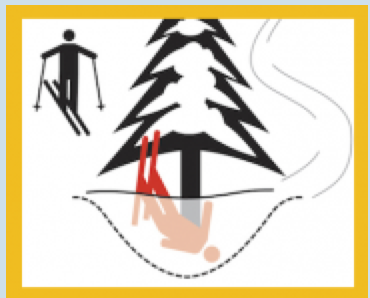



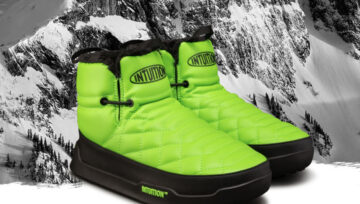

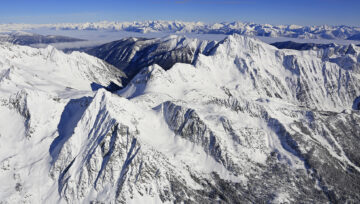


Comments